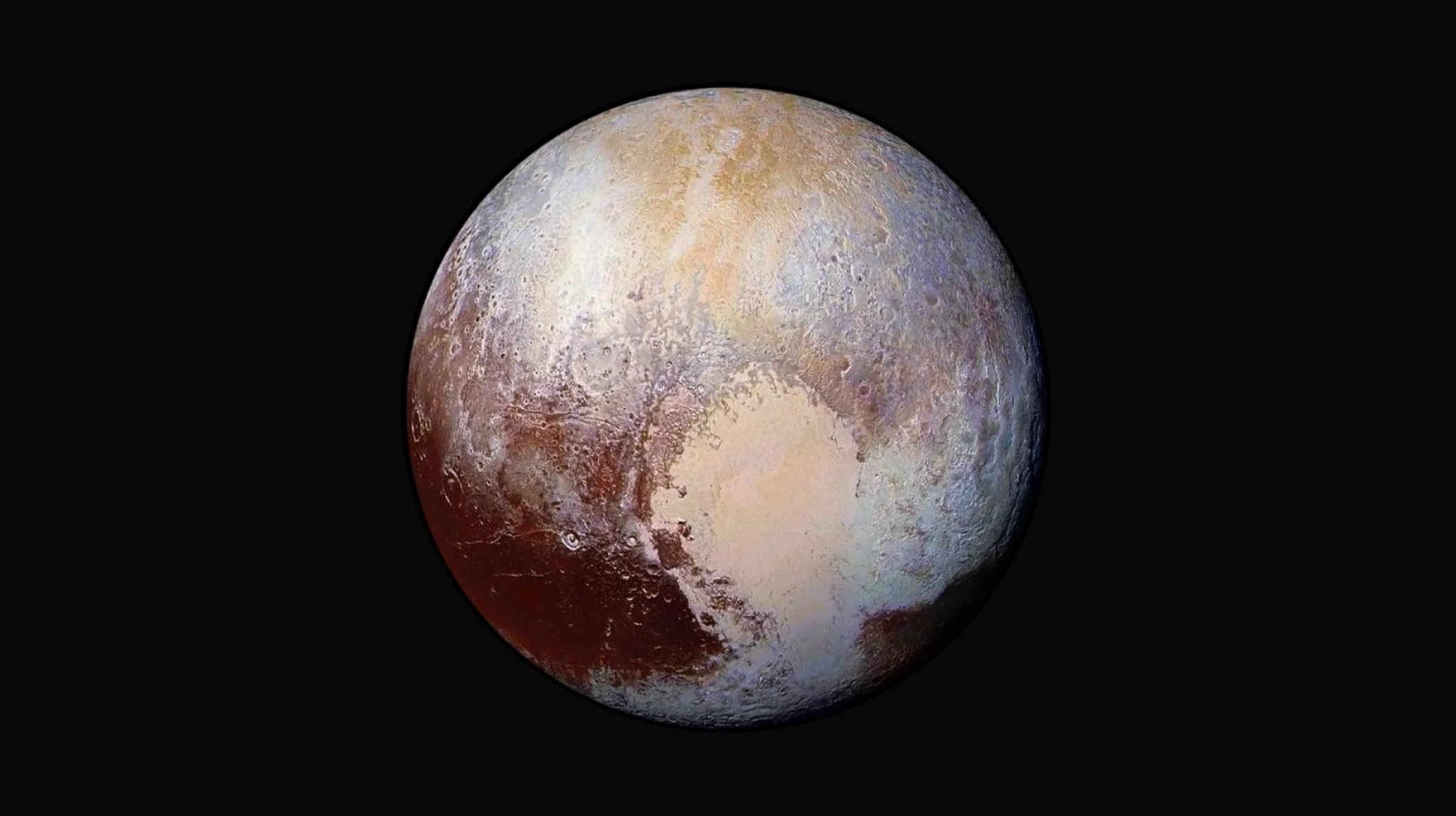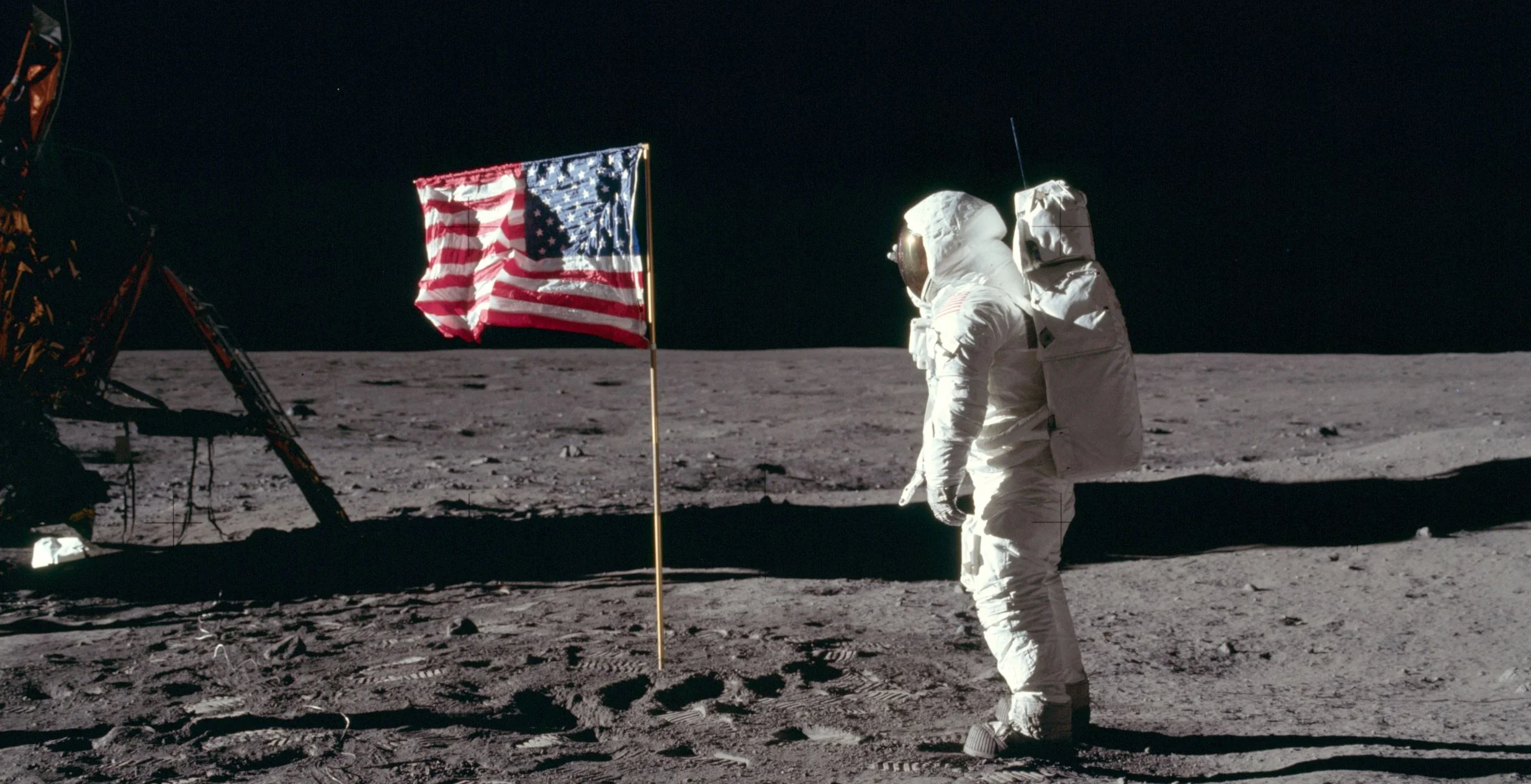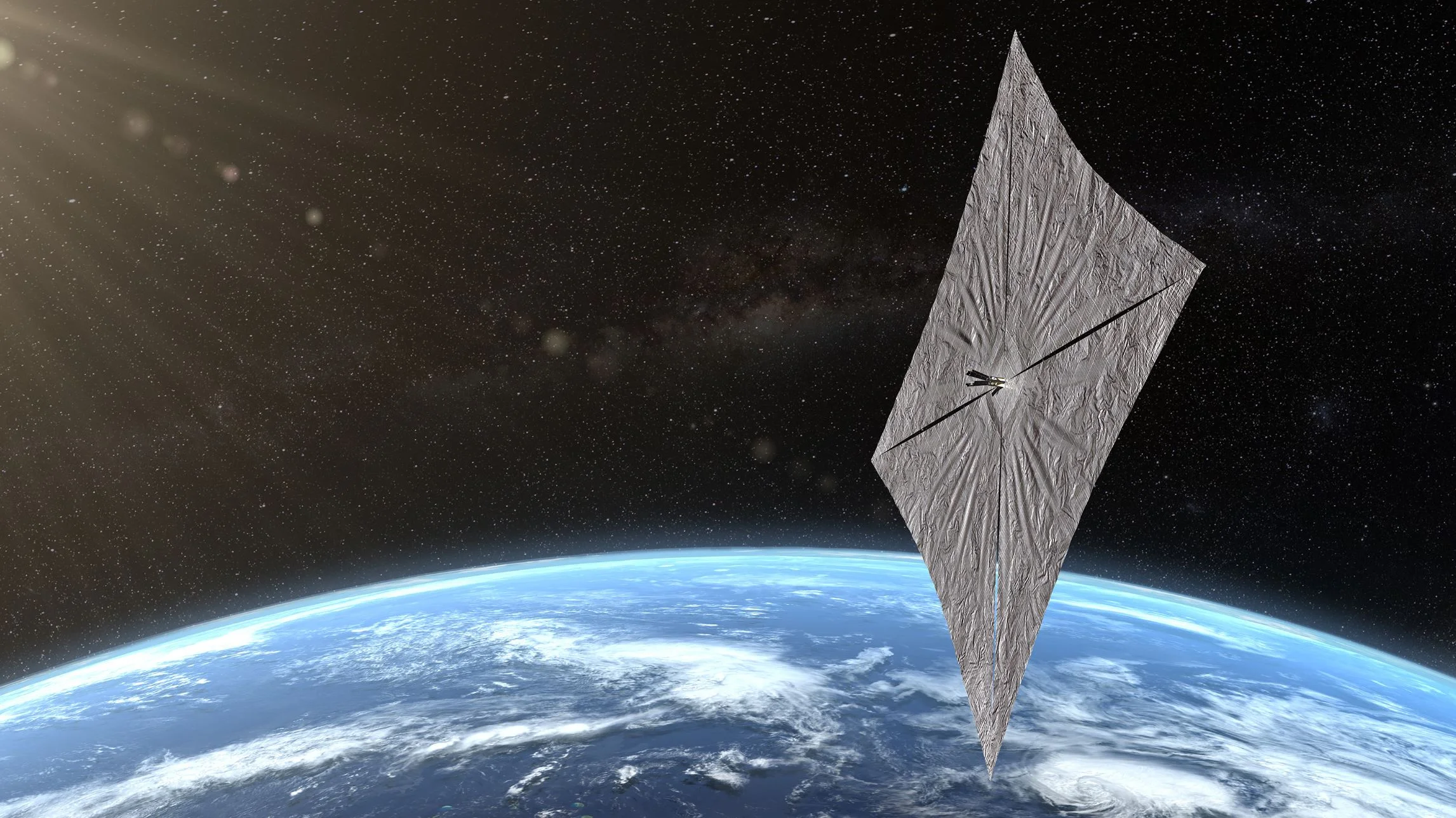Processes not involved in controlling sand movement on Earth play major roles on Mars, report planetary scientists.
How long has gravity existed?
Three Ways to Travel at (Nearly) the Speed of Light
One hundred years ago today, on May 29, 1919, measurements of a solar eclipse offered verification for Einstein’s theory of general relativity. Even before that, Einstein had developed the theory of special relativity, which revolutionized the way we understand light. To this day, it provides guidance on understanding how particles move through space — a key area of research to keep spacecraft and astronauts safe from radiation.
How long can humans live?
18 (Yes, 18) New Earth-sized Exoplanets have been Found in Kepler’s Data!
New layers of water ice have been found beneath Mars’ North Pole
One of the most profound similarities between Earth and Mars, one which makes it a popular target for research and exploration, is the presence of water ice on its surface (mainly in the form of its polar ice caps). But perhaps even more interesting is the presence of glaciers beneath the surface, which is something scientists have speculated about long before their presence was confirmed.
Curious Kids: Are humans going to evolve again?
Theory proposes that Venus could have been habitable, but a large ocean slowed down its rotation, killing it
There’s no sense in sugar-coating it – Venus is a hellish place! It is the hottest planet in the Solar System, with atmospheric temperatures that are hot enough to melt lead. The air is also a toxic plume, composed predominantly of carbon dioxide and sulfuric acid rain clouds. And yet, scientists theorize that Venus was once a much different place, with a cooler atmosphere and liquid oceans on its surface.
Star formation in molecular clouds is fast but extremely inefficient
Star formation in molecular clouds occurs at a high pace but in an extremely inefficient manner. Most gas is quickly dispersed by the radiation from newborn stars. A team led by Dutch astronomer Diederik Kruijssen (University of Heidelberg, Germany) will publish this result tomorrow in the journal Nature.
Molecular ‘cage’ can trap salt to clean drinking water!
Complex life may only exist because of millions of years of groundwork by ancient fungi
An Insulating Layer of Gas Could Keep a Liquid Ocean Inside Pluto
Is Dark Matter Made of Axions? Black Holes May Reveal the Answer
Lunar gold rush is about to start – and we could exhaust the solar system in fewer than 500 years
The potential for resource and scientific exploitation on the moon is high. However, resources are not uniformly distributed. For example, water is going to be a much-valued commodity, given that it can be used for growing crops, to produce rocket fuel, provide air for breathing and, of course, be consumed directly by people.
NASA Invites Public to Help Asteroid Mission Choose Sample Site
Your internet data is rotting
Planetary Society’s Light Sail 2 is Set to Launch on a Falcon Heavy Rocket Next Month
NASA Prepares for Future Moon Exploration with International Undersea Crew
Floating Solar Arrays: The Future of Solar Energy?
The Earth’s magnetic north pole is shifting rapidly – so what will happen to the northern lights?
Like most planets in our solar system, the Earth has its own magnetic field. Thanks to its largely molten iron core, our planet is in fact a bit like a bar magnet. It has a north and south magnetic pole, separate from the geographic poles, with a field connecting the two. This field protects our planet from radiation and is responsible for creating the northern and southern lights – spectacular events that are only visible near the magnetic poles.













